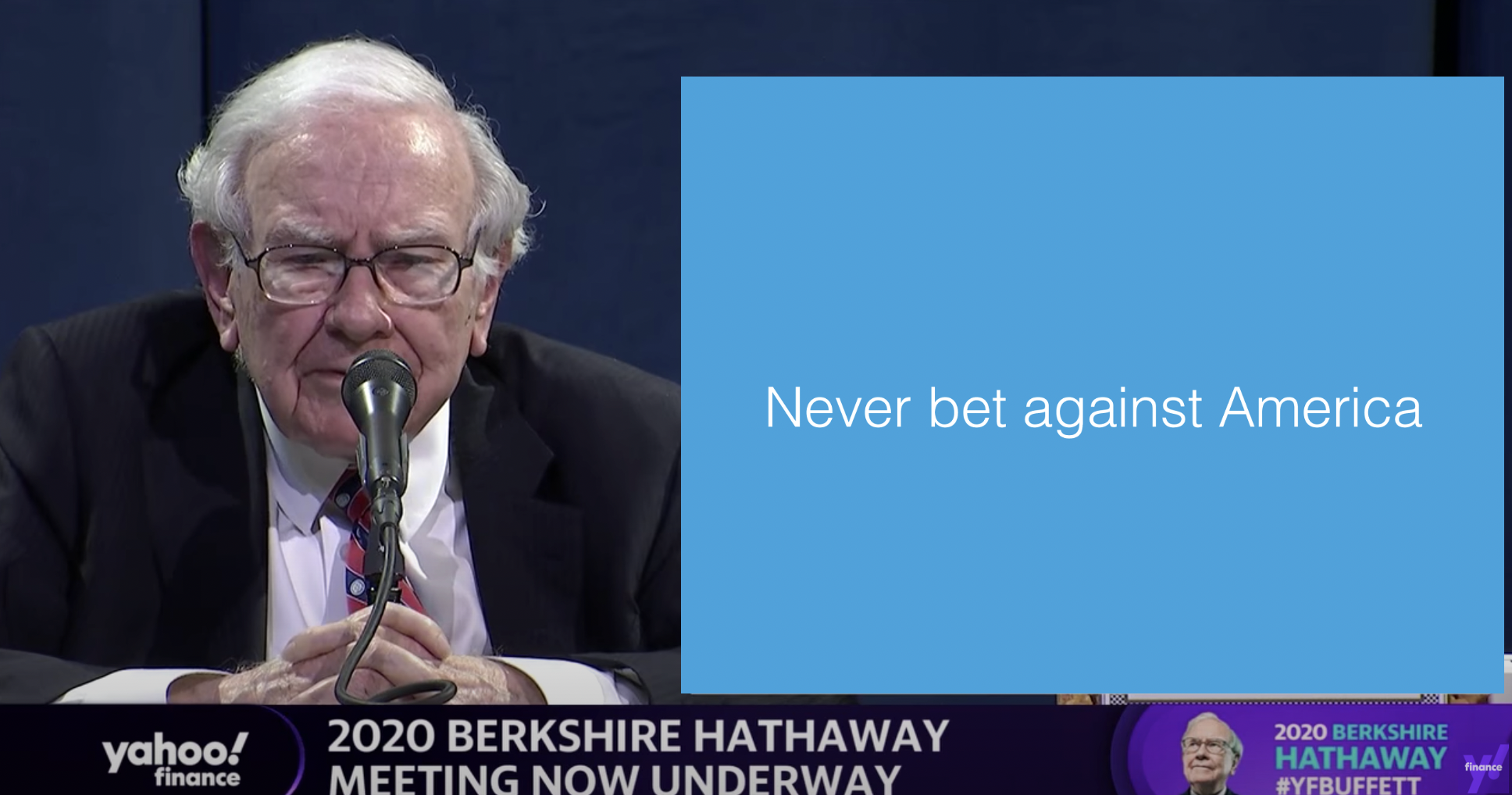When you are going on your first fund raising round, you need to stand out from the crowd in 2 ways: 1) investors need to remember you, 2) investors need to remember you as a company they want to invest in.
Creating an over the top, crazy, original, cutesy, pitch deck will score you point 1, but it is a risky bet, 1 does not automatically lead to 2.
I can't find the exact blog post to link to, but Seth Godin always preaches to look like the company you want to be. And in startup fundraising, it is pretty much the same. Early pitch decks of successful companies that got funded just have that look of companies who get funded. Yes, a tautology.
It is very hard to copy a certain look. Try and copy the look & feel of a famous poster in your presentation, and it almost always comes out differently. It is very difficult for the brain to look and reproduce things objectively. Yes, the margins are a bit smaller, the fonts are different, what is wrong with using black instead of dark grey. Each change is small, but they all add up.
Don't copy an old pitch deck slide-by-slide, but step back and put yourself in the shoes of an investor, and reverse engineer why she decided to put in her money after reading/seeing the slides.


























